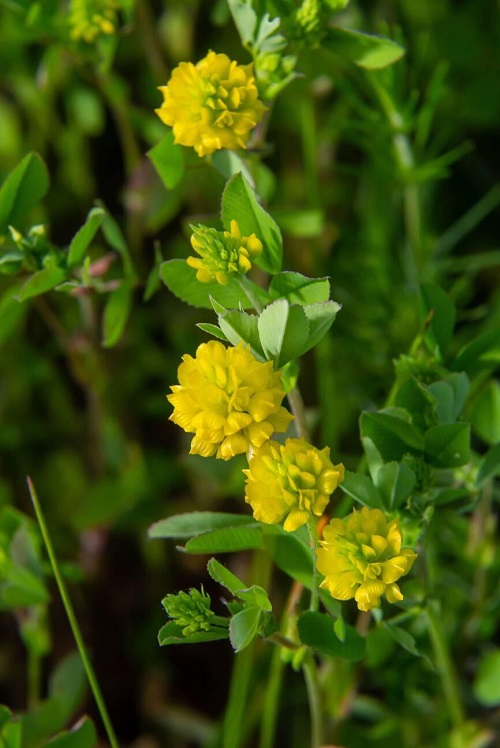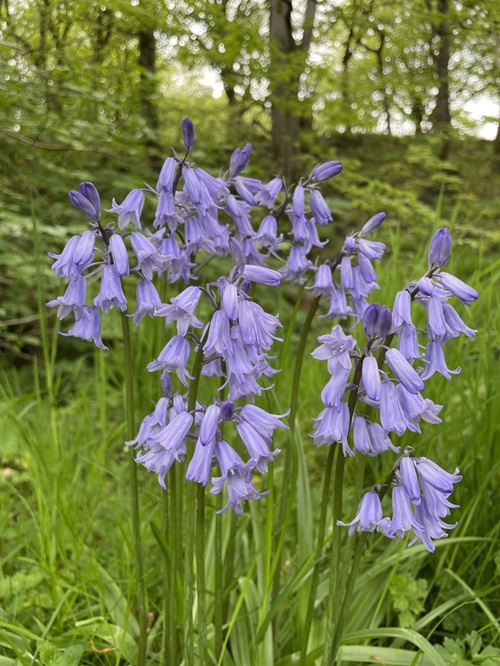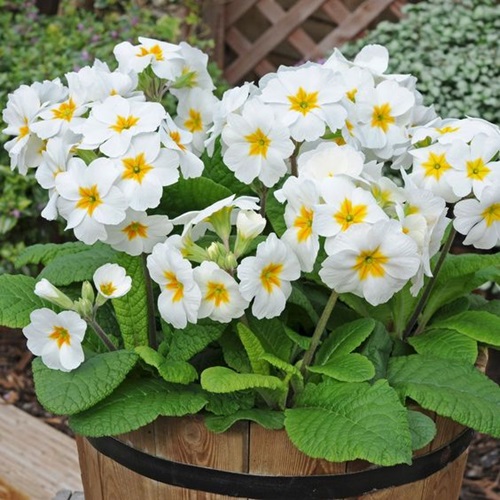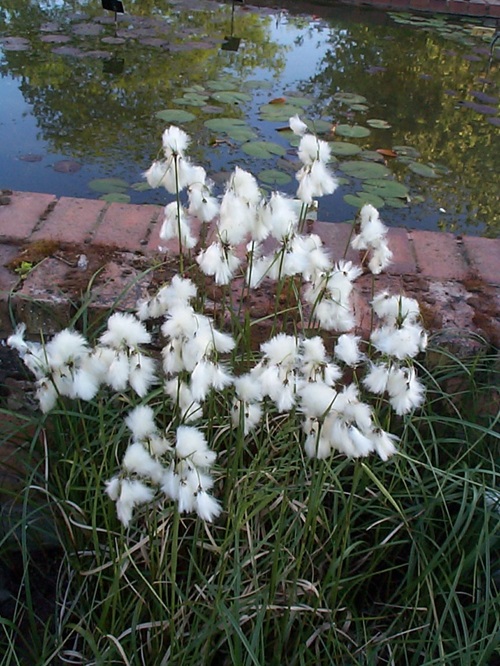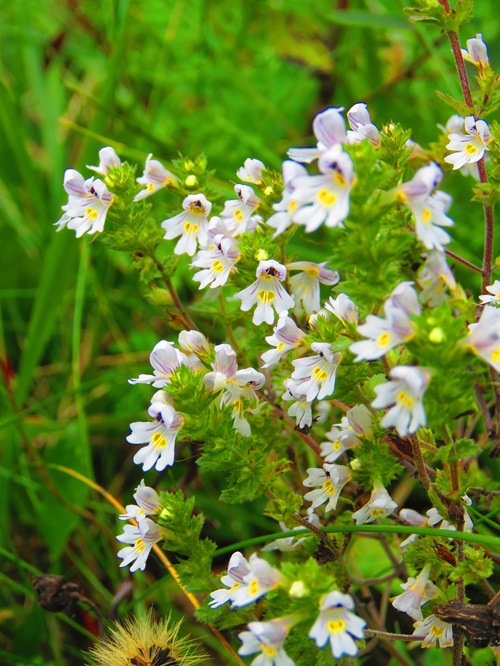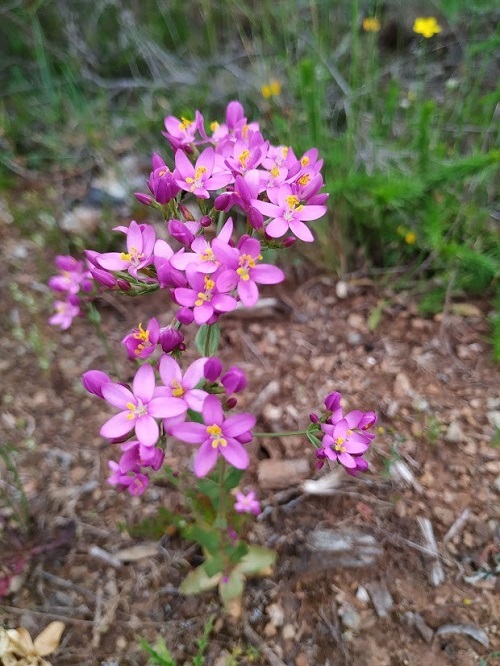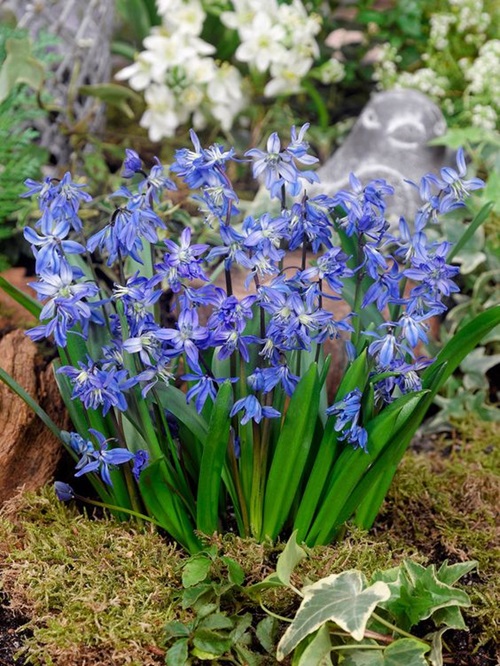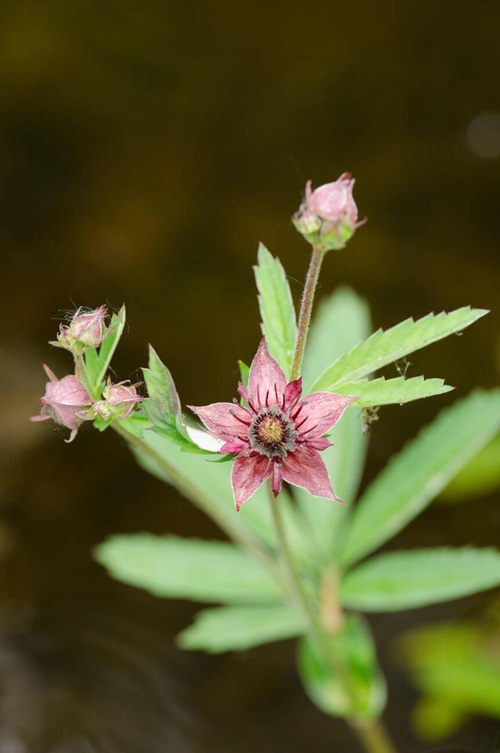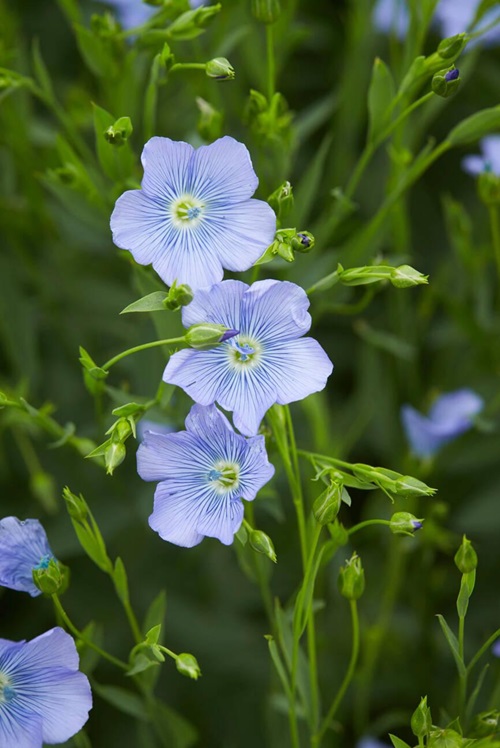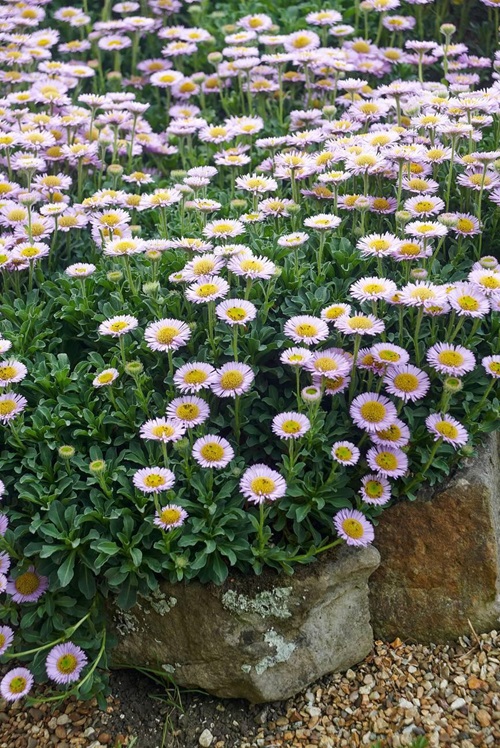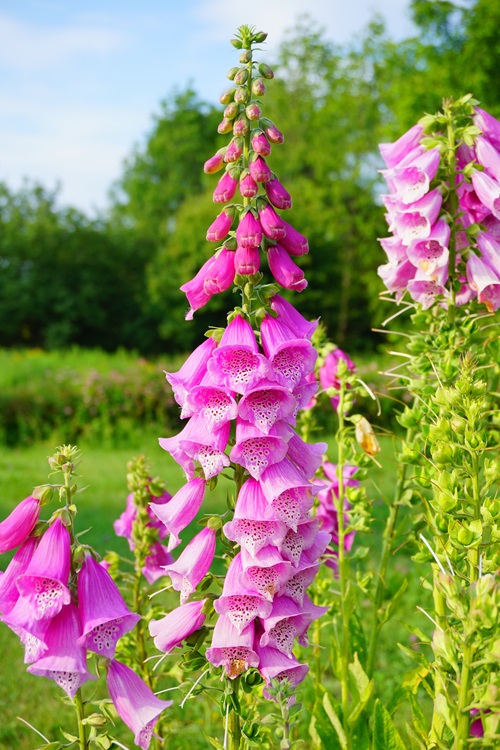These beautiful Irish Flowers are Ireland natives that are the perfect mix of beauty and elegance. They are easy to grow, too!
Check out Most Fragrant Purple Flowers here
Irish Flowers
1. Shamrock
Botanical Name: Trifolium campestre
Shamrock is a small plant with heart-like leaves and yellow flowers. It is associated with St. Patrick, and people consider it a symbol of luck.
Learn How to Grow Purple Shamrock Plants here
2. Bluebell
Botanical Name: Hyacinthoides non-scripta
These Irish flowers have bell-like blooms in violet shades. It creates beautiful carpets of flowers in spring, attracting bees.
3. Primrose
Botanical Name: Primula vulgaris
Primrose is a pretty flower with soft petals in shades of yellow, pink, or white. You should plant it in cool, moist conditions. It is common in Irish gardens and roadsides.
Eat Your Flowers: 10 Greatest Edible Flowers for Nutritional Benefits
4. Cowslip
Botanical Name: Primula veris
Cowslip is an Irish wildflower with yellow, bell-like blossoms. It blooms in early spring and is often found in Northern Ireland.
5. Bog Cotton
Botanical Name: Eriophorum angustifolium
Bog Cotton is common in wetland habitats like bogs and marshes in Ireland. The wind disperses its fluffy, cotton-like seed heads.
Check Trees with Scented Flowers here
6. Buttercup
Botanical Name: Ranunculus acris
This yellow flower can be seen in Irish gardens throughout spring and summer. It belongs to the Ranunculaceae family. It grows wherever grass grows.
7. Bog-Rosemary
Botanical Name: Andromeda polifolia
Don’t be fooled by its name; unlike the herb rosemary – this plant is highly poisonous and should not be eaten! This shrub thrives in Armagh, Londonderry, Antrim, and Fermanagh counties.
32 Hawaiian Flowers Names | List of Hawaiian Flowers
8. Eyebright
Botanical Name: Euphrasia spp.
In Western Ireland, there are over 10 types of eyebrights, many of which look quite similar. But whichever one you choose for your home will spread its beauty effortlessly.
9. Common Centaury
Botanical Name: Centaurium erythraea
This biennial grows on sand dunes, fields, rocky cliffs, woodland edges, and open scrublands – talk about Irish native versatility. From May to September, it produces pink flowers, each with five petals.
Check Most Fragrant Hawaiian Flowers here
10. Spring Squill
Botanical Name: Scilla verna
The spring squill, a wildflower, was first spotted in the wild in Dublin, Ireland, in 1641 – today, it is found on the eastern coast of Ireland.
11. Marsh Cinquefoil
Botanical Name: Comarum palustre
The Marsh Cinquefoil grows in Ireland’s marshes, ponds, and lakes. It has star-shaped flowers with deep maroon-red, pointed petals. Cinquefoils belong to the Rose family (Rosaceae).
Check out our article on flowers that grow in Russia here
12. Flax Flower
Botanical Name: Linum usitatissimum
The Northern Ireland Assembly uses the flax flower as its emblem, making it the often-considered official national flower of Northern Ireland.
13. Lesser Celandine
Botanical Name: Ficaria verna
Lesser Celandine, a bright yellow flower, blooms in April, providing essential nectar to early pollinators. Its petals close in response to light and can fall off during cloudy days and at night.
14. Sea Aster
Botanical Name: Tripolium pannonicum
This wildflower is the only native Aster to Ireland and is commonly found on seashores in salt marshes or estuaries. Usually, it has beautiful lilac or pale blue daisy-like flowers.
Check Most Beautiful Flowers for Hedges here
15. Sheep’s Bit
Botanical Name: Jasione montante
The Sheep’s Bit is a common flower near the Cliffs of Moher, a famous tourist spot in Ireland. These purple-blue flowers bloom from June to August.
16. Wood Anemone
Botanical Name: Anemone nemorosa
During early spring, you can see carpets of delicate white Wood Anemone flowers in semi-shaded parts of woodlands, along roads, and near streams all over Ireland. They’re called Lus na gaoithe, which means “plant of the wind.”
17. Foxglove
Botanical Name: Digitalis purpurea
In Irish, Foxglove is called Lus Mór, which means the “Big Herb,” because it can grow 6-7 feet tall and has strong medicinal/poisonous properties. You can find them in gardens and hills like Kilternan and the Dublin Mountains.

